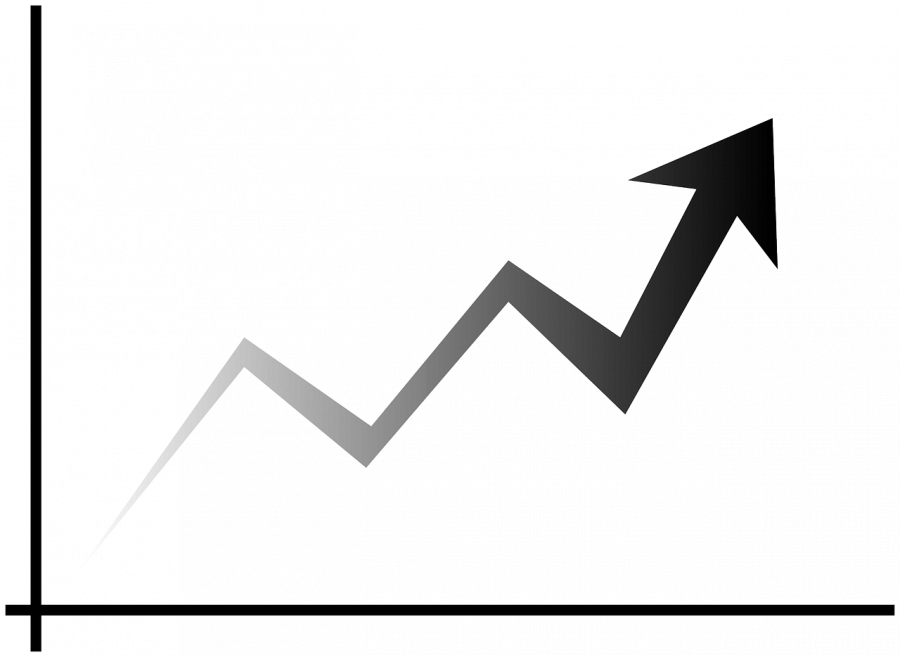The Donchian channel is a technical analysis tool that Richard Donchian developed. The channel is created by drawing two lines, an upper and lower line, above and below the price data. The area between the lines is called the channel. Donchian channels can be used to identify trend reversals and to measure price volatility. The upper and lower lines can be used as support and resistance levels. You can use Donchian channel trading strategies to trade breakout moves and pullbacks.
First of all, let’s look at how they are created.
The donchian channel essentially consists of three parts:
- The upper band is set by taking the highest high over X periods (our choice)
- The lower band is set by taking the lowest low over X periods.
- The middle band is then found using two simple moving averages calculated using the highest and lowest levels over the same period.
The red lines in the chart below represent the moving averages. As you can see, they are 10 and 30 periods long on this chart. The bands are then drawn on top of this chart.
Each channel is based on a different timeframe; for example, the first channel is based on a daily timetable, whereas the second channel is based on a four-hour timeframe. It makes finding support/resistance harder because it will be inaccurate due to more fluctuation with smaller time frames. It’s advised that you use non-overlapping channels so they don’t interfere with one another!
Now, let’s take a look at how these strategies work.
A – Short trades
When the price breaks below the lower band, it is a signal to sell with a target of the middle band. It’s known as a sell signal. You should place the stop loss above the upper band.
B – Long trades
When the price breaks above the upper band, it is a signal to buy with a target of the middle band. It’s known as a buy signal. You should place the stop loss below the lower band.
C – Trailing stops
A trailing stop order will automatically close out your position if it moves against you by X pips or more from where it initially was set at. For example, if you had a buy order at 1.3200 and the market moved down to 1.3100 but is now trading at 1.3150, your order would have been closed out at a loss of 50 pips.
Common strategies:
Breakout move
One common strategy is to wait for a breakout move and trade in the breakout direction. You can place a stop-loss below the support level or above the resistance level. It depends on the direction of the trade.
Trade pullbacks
Another strategy is to trade pullbacks that occur within the channel. You can place a stop-loss above the resistance level or below the support level. It depends on the direction of the trade.
Now you know how to use the donchian channel strategy! Just pick three different time frames for three separate channels and trade accordingly.
But what about those of us who aren’t proficient in Forex (foreign exchange)?
An easy way to create forex bands on any chart that might be useful:
Step One: Download or make a chart with price fluctuations over 30 periods (a timeframe of 30 minutes works well)
Step Two: Add three simple moving averages (SMA) on the chart, one for each band discussed above.
Step Three: Colour code and label your SMAs appropriately to build a donchian channel chart!
Bottom line
It is important to note that donchian channels are not always accurate and should be used with other technical analysis tools. You can also use donchian channels for short-term or long-term trading strategies. As with any trading strategy, it is essential to test it out using a demo account before using real money.



